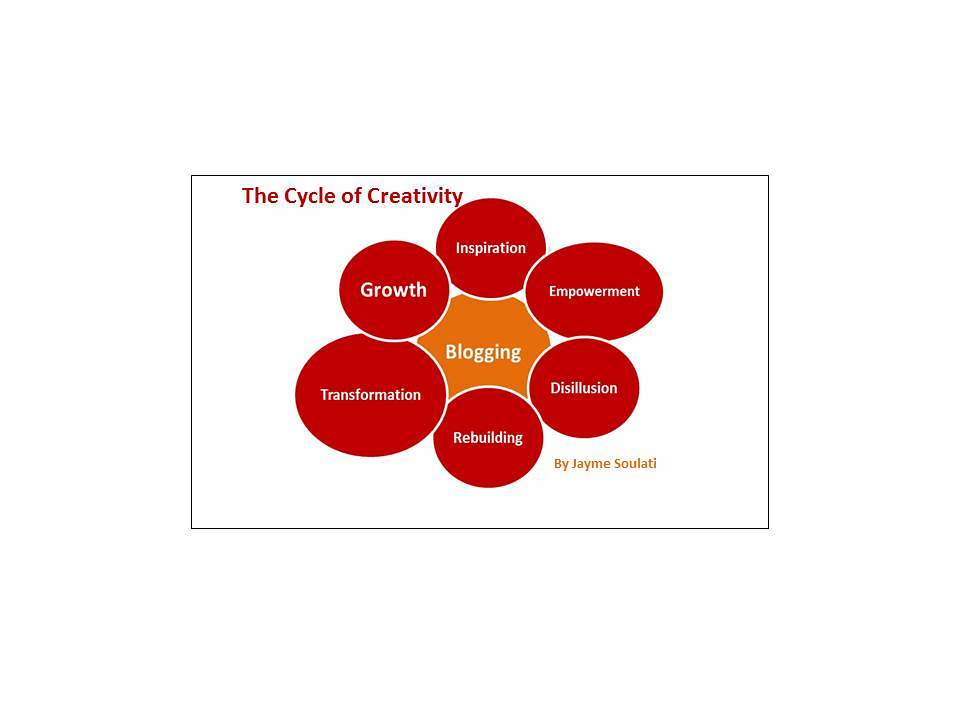We all need new business, right? Doesn’t matter if you’re a solo professional, small business of five or larger, everyone has to keep the pipeline full and the leads rolling in.
Digital marketing is absolutely the tier-one method, and I recently met an incredible expert who does it every day exceptionally well. And, the process is highly strategic requiring expertise learned over time and years of testing the methods.
Social media provides another business development methodology that everyone can do and probably does do without knowing it.
The other day, I tweeted, “If you ignore Twitter, it ignores you.” Indeed. When you fall off the ladder into the rabbit hole, it’s hard to jump out. There are a variety of reasons making that hole feel comfortable and safe and most of it has to do with being challenged and trying what’s new and different. While it’s easy to tweet and reshare everyone’s posts all day, what’s the gain besides burn out?
Let’s be more strategic and help fuel your lead generation. And, I’m not talking about inbound marketing right now; I’m talking about good old-fashioned networking.
10 Steps to Fuel Business Development
Step 1: Set Goals
There are four simple goals for using social media for business development:
1. Identify your target list
2. Elevate your personal brand
3. Ask for a meeting
4. Earn the business
Step 2: Track With a Spreadsheet or CRM System
If you’re on a budget and can’t afford a CRM system, then use your QuickBooks or Excel to track lead generation and prospecting. If you’re really on a budget, then perhaps index cards?
Step 3: Develop a Tier-One Target List
Everyone has a wish list of a company with which they’d like to work. Put your list of five or so together. Maybe you select a few out of each category that are different sizes.
For sales teams, this works, too. Select the company with which you most want to do business and get that target list active on a CRM system (but then I don’t need to inform sales how to prospect, right?).
Step 4: Who is the buyer of your services or product?
During the time I was in HubSpot school (I made a major investment in this platform to learn inbound marketing from the big guns), the words “buyer persona” appeared on my radar.
I had to think about the audience most likely to purchase my services and describe them – age, gender, expertise, values they appreciate, and more.
From the list in step one, select the title/role of the person most likely to buy your services or products. Get that title/role into your tracking system.
Step 5: Audit The Company
Here’s where social media comes to play. Using your tiered target list, begin exploring social media activity by the company. Record on your tracking system/CRM each of the channels and which is more powerful for shares and content.
LinkedIn (example). Does the company have a company page? How about a group? Who are the folks who work there? Can you find the title of the person most likely to buy from you? Better yet, take a look at your network; who in your network knows someone at that company to send an introduction on your behalf?
Step 6: Social Sharing
- Google+. Similar to LinkedIn, check out the business page for your target company on Google+. Perhaps you’ll also find the folks who work there and you can do a search. (Not to mention, you can also do a name search on Google itself, of course!) Begin to +1 posts on Google+ by the company and also reshare it if you think it’s worthy.
- Twitter. Companies tweet, obviously. Star the company into your Faves List and begin retweeting posts you like from that company. Pay attention to who’s tweeting; it may be an agency and there may also be initials on the posts indicating someone on a team.
- Blog. Here’s where you can really influence and elevate your identity and brand. Visit the company blog frequently; in fact, subscribe and never miss a post. Read for a week or two (depending on the frequency of blog posts) and get a feel for the topics the company is writing on. All the while, you’re preparing to comment on the blog while resharing it on social media channels.While the blogger for the company may not be on your target list, you can still use the fact that you commented and shared that company’s blog post in your eventual pitch.
- Your Blog. If you really want to make an impact and impression, invite the person you’re targeting to do a Q&A with you, write a guest post or to link. You can also follow them on the Interwebz; but, do not be a stalker! Use discretion and caution, please!
Step 7: Engage and Build Relationship
We who have been on social media longer than five years know how to build relationships with total strangers. It’s what the channels were built on. Today, that ‘raderie is next to nil; yet, people appreciate genuine authenticity with real professionals and people.
Use that concept to build upon the relationship you started. Of course, your goal is to get a meeting and perhaps earn some new business; however, there should be a common interest you can draw upon to build a true and solid foundation.
Step 8: Ask for a Meeting
If you’ve done a great job making small talk, sharing content and following your target list, then it’s time to ask for a meeting. Make it casual under the guise of networking because that’s what it is. No one wants a hard sell, and the recipient of your attention is smart enough to know a sales shakedown when it happens!
Essentially, be you and be real.
Step 9. Stay in Touch
If the meeting doesn’t product the result you wanted, do not fret. Sales pipelines sometimes take months to fill and business also takes time to close. If you drop off the radar, what happens when your prospect wants to find your name and number and can’t because you fell back into the comfy rabbit hole?
Step 10. Smile and Show Me Some Personality
I needed a step 10 to round this out, and maybe it’s the most important step in the bunch. Think about when you get a cold pitch; how’s your demeanor on the phone? Abrupt and impatient, right? Now think about paving the way to a prospect with smiles, laughs, personality, kudos and more. How do you think that person will feel about you with all that in front of the ask? Selling with heart couldn’t be more important, and think of it this way – if you get a “no thank you,” then move on to the next one and pretty soon it’s like riding a bike.

























